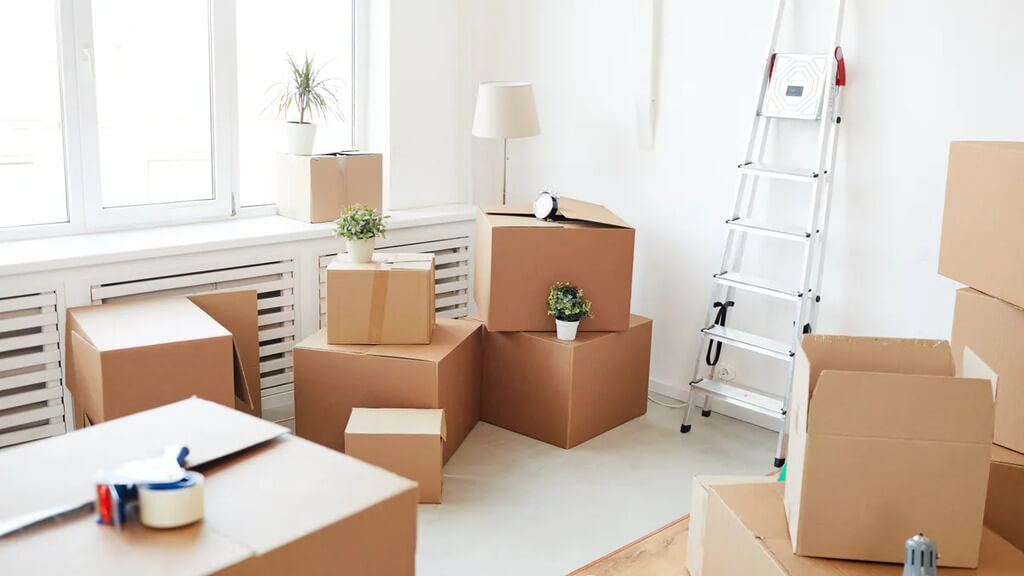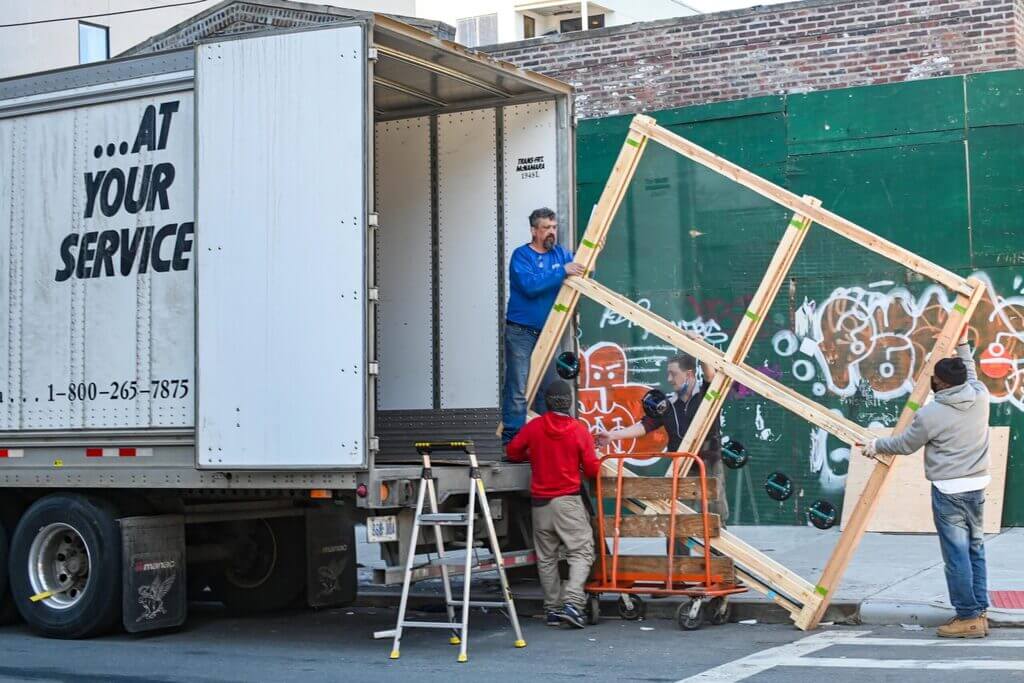Cross-country moving and relocations have been all the rage over the past two years, spurred by COVID-19 lockdowns, and work-from-home, millions of Americans continue to move 1,000s of miles in search of their new paradise. This, however, is anything but easy, and millions more put up with their unsatisfactory lives, merely because of how stressful moving can be.
While honing your new residence is all about location, location, and location, moving your entire house to the said location is all about planning, planning, and planning.
In this article, we list some tried and tested tips to ensure your long-distance moving goes smoothly, and all of your essentials and valuables arrive in one piece, all the while keeping your sanity, and not getting overwhelmed.
1. Start Well Ahead of Time

The biggest mistake people make when uprooting their lives is by starting to plan when there are just a few weeks left. Ideally, you must be well into the planning phase at least one or two months before the actual move and start executing at least 15 days ahead of schedule.
No matter how well you plan, there will always be shortcomings, and things you completely missed out on, which can only be dealt with if you have sufficient time on hand.
It is recommended to create an extensive checklist, or to-do list as soon as you know you are going to move, and start populating the list as and when tasks arise, and challenges have to be dealt with, preferably with a calendar and timeline.
2. Declutter, Downsize & Dispose

Most houses are filled with objects, toys, and knick-knacks that are rarely used, and this is an ideal opportunity to get rid of such things and clutter-free your home when heading for a fresh start.
It is imprudent to bring everything in your house along with you while moving across the country, especially since most such items cost more to move than buy afresh in your destination.
A good rule of thumb in this regard is, if you haven’t used something in over a year, it’s time to get rid of it. There are of course a number of ways to effectively do this, valuables can be given away to charity, and homeowners can also hold garage sales to sell unwanted items, all the while raising sufficient funds for the move.
3. Choose an Experienced State-To-State Moving Company

Moving and relocation services are dime a dozen these days, but not all of them are cut from the same cloth. There are a few experienced service providers, who’ve been in this business for a few decades and can add substantial value in terms of providing advice, tips, and strategies for a smooth move.
It is a mistake to choose a moving company based on price alone, especially when handing over and trusting them with the safekeeping of household goods that can be many times over their moving charges.
If you’re planning a move, and money is no object, consider one of the top 10 state-to-state movers in the USA with a strong reputation, and hassle-free experience.
4. Update Documents, Addresses & More

This is where moving gets complicated. If you’ve spent more than a few years at a particular house, your very existence is tied to the location, with all mails, correspondence, and other essential documents reflecting the same.
When relocating, getting all your emails forwarded, and updating contact details at essential accounts and documents can be quite arduous, often involving multiple points of contact, and numerous in-person visits.
This, however, cannot be skimped on if you want a stress-free move to your new house. Here again, the solution is early planning, so that you don’t miss out on anything that could cause trouble once you move across the country.
5. Buy Quality Packing Materials in the Right Quantity

If you want your move to be hassle-free and would like to keep all of your valuables safe and sound at your destination, it is absolutely essential that you don’t skimp on packaging materials.
Here again, there are plenty of options, with boxes of different sizes, quality, and sturdiness, along with packing tape, bubble wrap, shrink wraps, and more.
Ideally, your boxes should neither be too heavy nor too light and should be easily manageable by one or two individuals. Heavy boxes often lead to accidental falls, damaging whatever is inside, and light boxes are often a waste of space, and tend to be less sturdy, making them prone to damage during transit.
Final Words
Uprooting your house, family, and belongings to move across the country will never be a walk in the park, but with the right planning and preparation, you can ensure the move is at least a success, and you’re not stressed even days and weeks after moving to your destination.
Keep Reading:-

